Educational Applications
The Consumer Grade 3D Scanner Market is increasingly being integrated into educational settings, enhancing learning experiences across various disciplines. Schools and universities are adopting 3D scanning technology to facilitate hands-on learning in fields such as engineering, architecture, and art. By incorporating 3D scanners into curricula, educators can provide students with practical skills that are relevant in today's job market. The market for educational 3D scanners is projected to expand as institutions recognize the value of this technology in fostering creativity and innovation. As of 2025, educational institutions are expected to represent a growing segment of the consumer-grade 3D scanner market, indicating a shift towards more interactive and engaging learning methodologies.
Technological Advancements
The Consumer Grade 3D Scanner Market is experiencing rapid technological advancements that enhance the capabilities and functionalities of 3D scanners. Innovations in sensor technology, software algorithms, and data processing techniques are making these devices more efficient and user-friendly. For instance, the introduction of high-resolution imaging and faster scanning speeds has broadened the appeal of 3D scanners to hobbyists and professionals alike. As of 2025, the market is projected to grow at a compound annual growth rate of approximately 15%, driven by these advancements. This growth indicates a strong consumer interest in utilizing 3D scanning for various applications, including home design, art, and education.
Rising Demand for DIY Projects
The Consumer Grade 3D Scanner Market is witnessing a surge in demand driven by the increasing popularity of DIY projects among consumers. As individuals seek to create personalized items or engage in home improvement tasks, the need for accessible and affordable 3D scanning solutions becomes apparent. This trend is particularly evident in the crafting and prototyping sectors, where consumers utilize 3D scanners to replicate objects or design custom pieces. Market data suggests that the DIY segment is expected to account for a significant portion of the overall market share, reflecting a shift towards more hands-on, creative endeavors. This growing interest in DIY culture is likely to propel the adoption of consumer-grade 3D scanners.
Increased Interest in 3D Printing
The Consumer Grade 3D Scanner Market is closely linked to the burgeoning interest in 3D printing technology. As more consumers invest in 3D printers for personal or professional use, the demand for compatible 3D scanning solutions rises correspondingly. 3D scanners serve as essential tools for creating digital models that can be printed, thus enhancing the overall user experience. Market analysis indicates that the intersection of 3D scanning and printing is likely to drive significant growth in the consumer-grade segment, as users seek to streamline their workflows. This synergy between scanning and printing technologies is expected to foster innovation and creativity among consumers, further propelling market expansion.
Growing E-commerce and Online Marketplaces
The Consumer Grade 3D Scanner Market is benefiting from the expansion of e-commerce and online marketplaces, where visual content plays a crucial role in attracting consumers. Retailers and sellers are increasingly utilizing 3D scanning technology to create detailed product representations that enhance online shopping experiences. By providing 3D models, businesses can offer customers a more immersive view of products, potentially increasing conversion rates. As e-commerce continues to grow, the demand for consumer-grade 3D scanners is likely to rise, as sellers seek to differentiate themselves in a competitive market. This trend suggests a promising future for the consumer-grade 3D scanner market, driven by the need for enhanced product visualization.

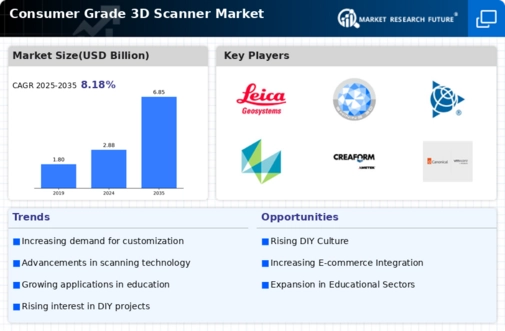
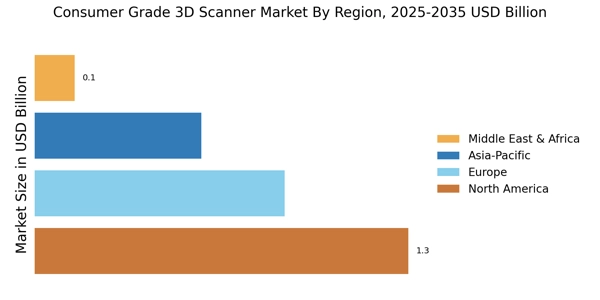
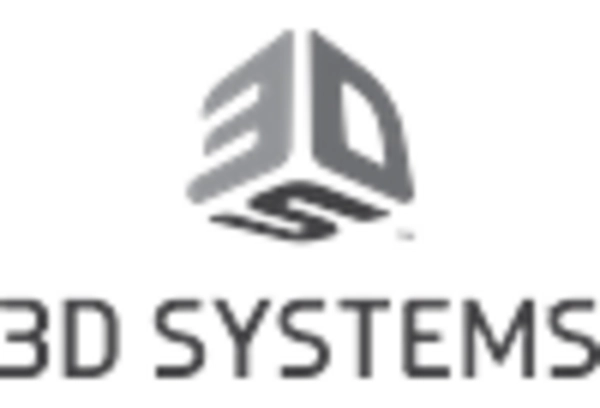

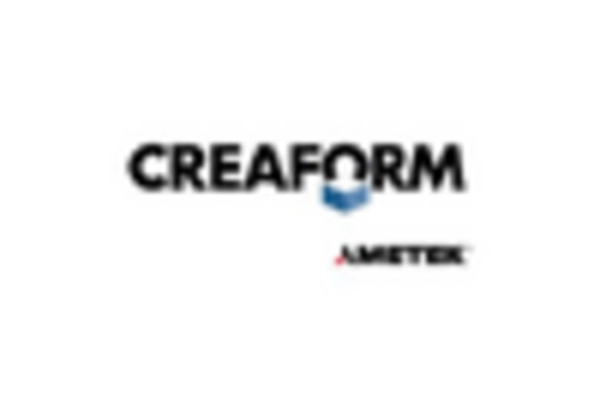
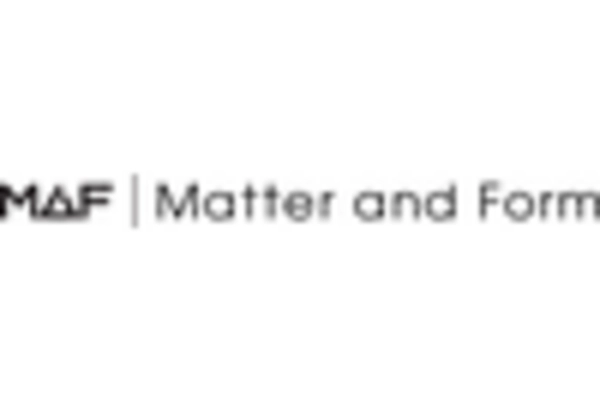
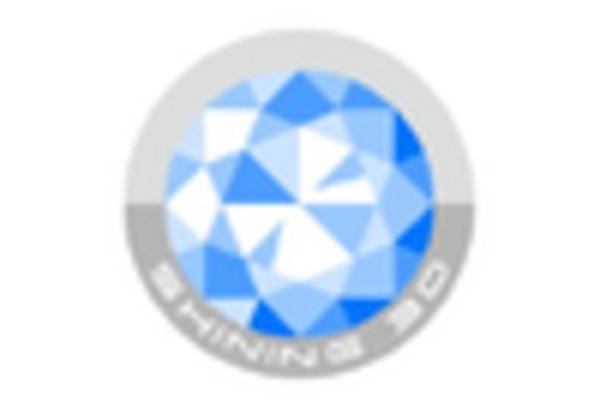
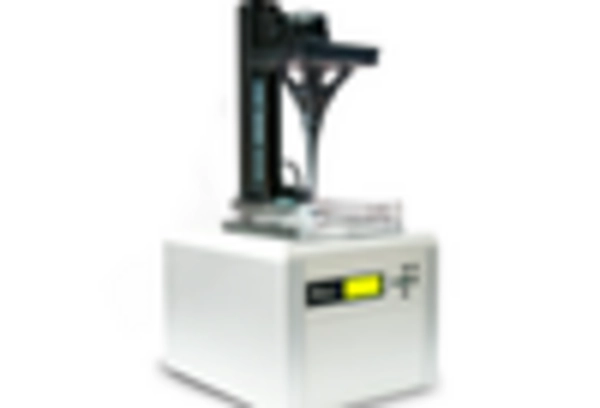








Leave a Comment